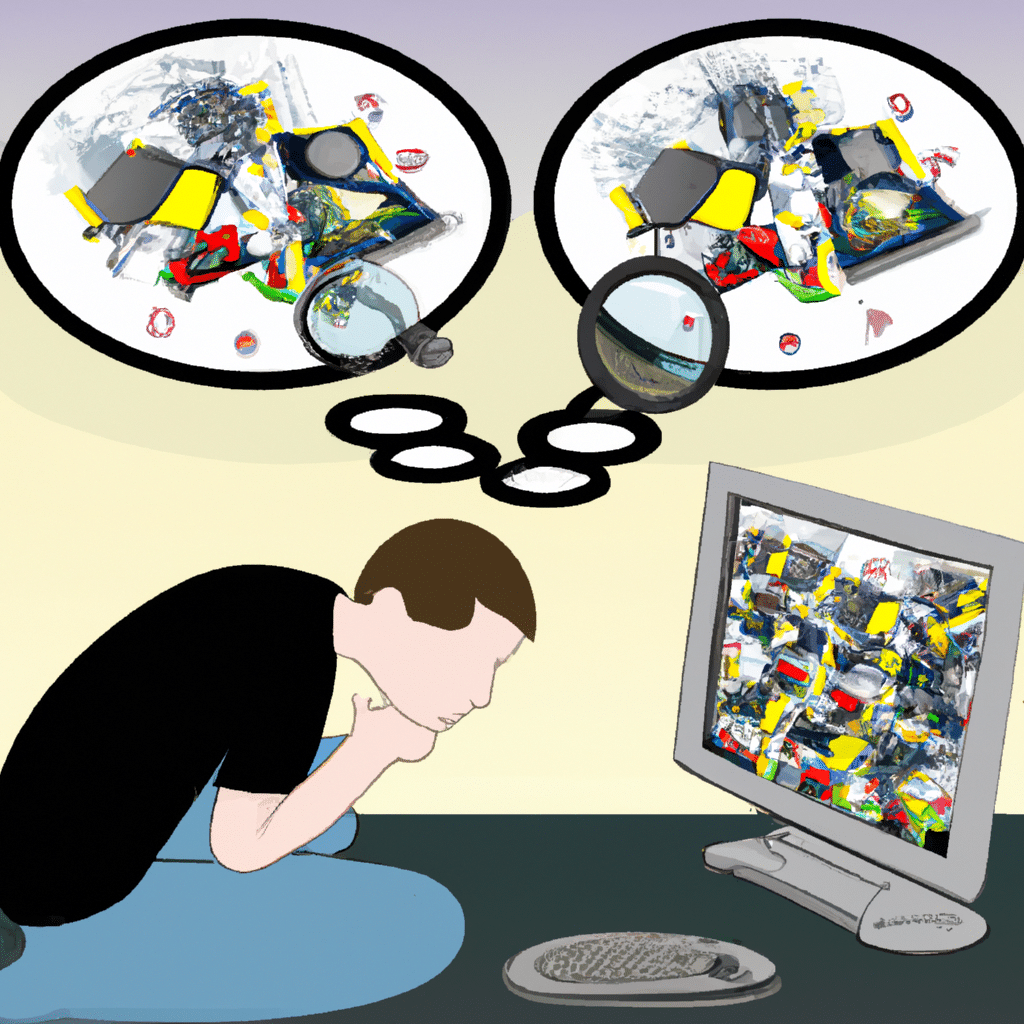As artificial intelligence (AI) continues to advance, the demand for powerful graphics processing units (GPUs) is on the rise. Whether you’re building a machine learning model, training neural networks, or running simulations, choosing the right graphics card is crucial for achieving optimal performance. In this article, we’ll explore the different factors to consider when selecting a graphics card for your AI needs.

Understanding the Basics of Graphics Cards
Before delving into the specifics of choosing a graphics card for AI, it’s important to understand the basics of how they work. A graphics card, also known as a GPU, is a specialized form of computer hardware designed to handle tasks related to graphics and video processing. GPUs are optimized for parallel processing, which means they can perform many calculations simultaneously, making them ideal for AI and machine learning applications.
Factors to Consider When Choosing a Graphics Card for AI
When selecting a graphics card for your AI needs, there are several factors to consider. Here are some of the most important ones:
1. GPU Architecture
The architecture of a GPU is a critical factor to consider when selecting a graphics card for AI. The two main GPU manufacturers, NVIDIA and AMD, offer different architectures with varying strengths and weaknesses. NVIDIA’s CUDA architecture is highly optimized for parallel computing and is commonly used in AI and machine learning applications. AMD’s architecture, on the other hand, offers better performance for gaming and other graphics-intensive tasks.
2. Memory Bandwidth
Memory bandwidth is another important factor to consider when selecting a graphics card for AI. This is the amount of data that can be transferred between the GPU and the rest of the system in a given amount of time. The higher the memory bandwidth, the faster the GPU can process data. For AI applications that involve processing large datasets, a high memory bandwidth is crucial.
3. Memory Capacity
The amount of memory on the graphics card is also an important consideration for AI applications. Deep learning models and other AI algorithms require large amounts of memory to store and manipulate data. A graphics card with a higher memory capacity can handle larger datasets and perform computations more efficiently.
4. Power Consumption
Power consumption is an often-overlooked factor when selecting a graphics card for AI. GPUs consume a significant amount of power, and this can quickly add up if you’re running multiple GPUs in a server or workstation. Choosing a more power-efficient GPU can save you money on your electricity bill and reduce your carbon footprint.
5. Price
Finally, price is always a factor to consider when selecting a graphics card for AI. High-end GPUs can be expensive, but they often offer the best performance for AI applications. It’s important to balance price with performance and choose a graphics card that fits within your budget.
Top Graphics Cards for AI
Now that we’ve covered the factors to consider when selecting a graphics card for AI, let’s take a look at some of the top options on the market. Here are five graphics cards that are popular among AI researchers and developers:
1. NVIDIA GeForce RTX 3090
The NVIDIA GeForce RTX 3090 is a top-of-the-line graphics card designed for AI, machine learning, and other intensive computing tasks. With 24GB of GDDR6X memory and a memory bandwidth of 936 GB/s, it’s one of the most powerful GPUs on the market. However, it comes with a hefty price tag, making it a better option for large enterprises and research institutions.
2. NVIDIA GeForce RTX 3080
The NVIDIA GeForce RTX 3080 is another high-end graphics card that’s popular for AI applications. It features 10GB of GDDR6X memory and a memory bandwidth of 760 GB/s. While it’s not as powerful as the RTX 3090, it’s a more affordable option that still delivers impressive performance.
3. NVIDIA Titan RTX
The NVIDIA Titan RTX is a workstation-grade graphics card designed for AI and machine learning. It features 24GB of GDDR6 memory and a memory bandwidth of 672 GB/s. While it’s not as powerful as the RTX 3090, it’s still a top-performing GPU that’s more accessible for smaller businesses and research teams.
4. AMD Radeon VII
The AMD Radeon VII is a high-end graphics card that’s optimized for AI and machine learning workloads. It features 16GB of HBM2 memory and a memory bandwidth of 1 TB/s. While it’s not as popular as NVIDIA’s offerings, it’s a solid option for those looking for an AMD GPU.
5. NVIDIA Quadro RTX 8000
The NVIDIA Quadro RTX 8000 is a professional-grade graphics card designed for AI, machine learning, and other workloads that require high precision and accuracy. It features 48GB of GDDR6 memory and a memory bandwidth of 624 GB/s. While it’s one of the most expensive GPUs on the market, it’s a top-performing option for large enterprises and research institutions.
Conclusion
Selecting the right graphics card for your AI needs can be a daunting task, but by considering factors like GPU architecture, memory bandwidth, memory capacity, power consumption, and price, you can make an informed decision. The NVIDIA GeForce RTX 3090, RTX 3080, and Titan RTX are all top-performing GPUs that are popular among AI researchers and developers. The AMD Radeon VII and NVIDIA Quadro RTX 8000 are also solid options for those looking for an AMD or professional-grade GPU, respectively. By choosing the right graphics card, you can ensure that your AI applications run smoothly and efficiently.












